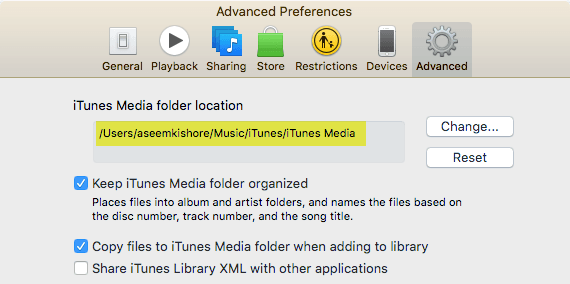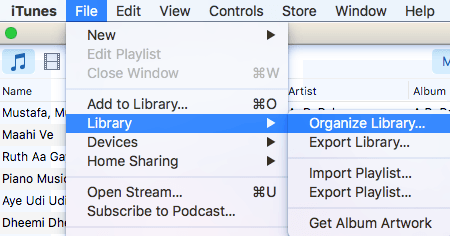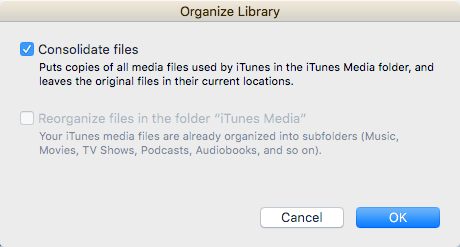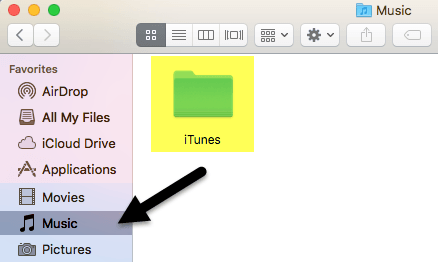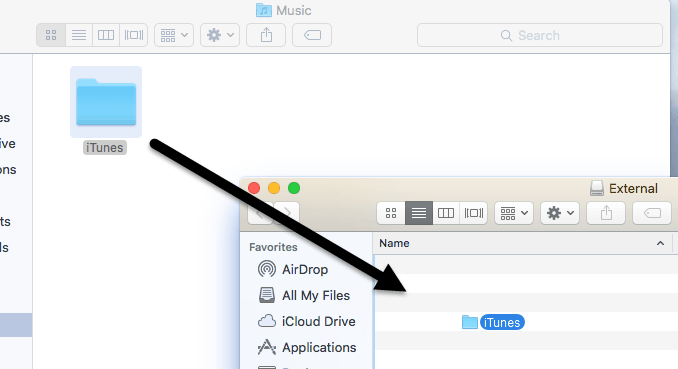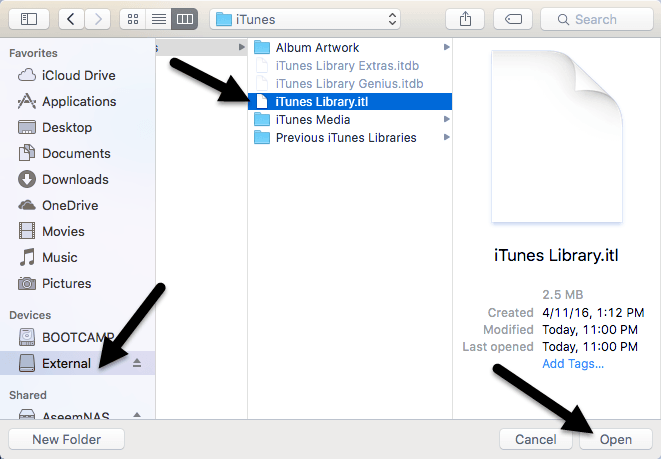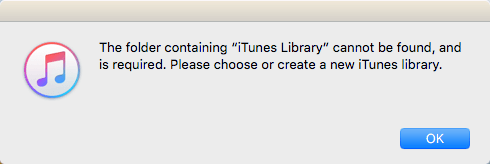Did you know it was possible to move your iTunes library over to an external hard drive? If you’re low on space and you have a lot of media that simply cannot be stored using iCloud, then one great option is to move everything to an external USB drive.
I personally never use iTunes anymore, but I know a lot of people who keep all their music and movies stored on their computer. I personally find it much easier to stream content from iCloud and to use iTunes Match or Apple Music for listening to my music.
However, if you use iTunes for managing music not in iTunes or home video files, etc., then you really have no choice but to store the content locally. In this article, I’m going to show you how you can easily move your entire iTunes library to an external drive.
Prerequisites
Before we do any moving of data, we first have to check to make sure everything is properly stored locally. Open iTunes and click on iTunes – Preferences in the navigation bar in OS X or on the small icon at the top left in Windows.
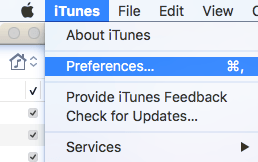
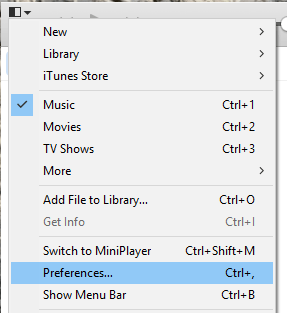
Now click on the Advanced tab and check to make sure that the iTunes Media folder location is set to the default path, which should be Users/Username/Music/iTunes/iTunes Media.
If the location is different, make a note of it because that is where you will need to go when we have to move the data. Next, on a Mac, click on File from the navigation bar, then Library and choose Organize Library. In Windows, you have to press CTRL + B or press the ALT key to see the navigation menu appear first.
When you do this, it will bring up another dialog where you’ll see a checkbox for consolidating all your media files. You should do this just to make sure everything is stored there before we make the move.
Check the Consolidate files box and click OK. Now that we have completed these two tasks, we can move on to the actual process of moving the library.
Move iTunes Library
Go ahead and quit iTunes at this point and connect your external hard drive. Now navigate to the iTunes Music folder on your computer. For Mac users, open Finder and click on Music in the left-hand list of shortcuts.
In Windows, go to the location listed in the Advanced tab, which should be C:\Users\UserName\Music\. Inside, you should see a folder called iTunes. Go ahead and copy this folder to the root of your external hard drive by dragging and dropping it.
Depending on how large your iTunes library is and your network connection speed, this process will probably take up the most time. Note that you should copy the library over, not move it. At a later point, we will delete the local copy. Once the copy has been completed, we need to open iTunes in a special way.
On a Mac, hold down the Option key and then click on iTunes from the dock. On Windows, hold down the SHIFT key and then double-click to open iTunes. When you do this, you’ll get a dialog before iTunes loads.
From the two options, you want to click on Choose Library. Now navigate to the external hard drive and open the iTunes folder. There you will find an iTunes.itl file, which you want to select and then click Open.
If all went well, iTunes should load with your entire library enact! You should be able to see all your media files and play them. At this point, we can remove the local copy of the iTunes library. To do that, you should first close iTunes and then eject the external hard drive. Now delete the entire iTunes folder stored on your computer.
If you open iTunes without reconnecting the external hard, you’ll get an error message stating the library could not be found.
Click OK and then Quit. Connect the drive and then open iTunes and you should be good to go. Overall, the process is pretty straight-forward and you shouldn’t run into any major problems. The only issue I ran into was that I used a Synology NAS to store the iTunes library and if my NAS went to sleep, opening iTunes would fail. Eventually, I had to change the settings so that my NAS was on all the time.
Other than that, everything worked fine. When importing new media into my library, the files were copied to the external location and not to my local computer. If you do run into an issue where some files get copied to your local computer, just consolidate files like I mentioned above. If you have any questions, feel free to comment. Enjoy!
[related_posts_by_tax posts_per_page="5"]